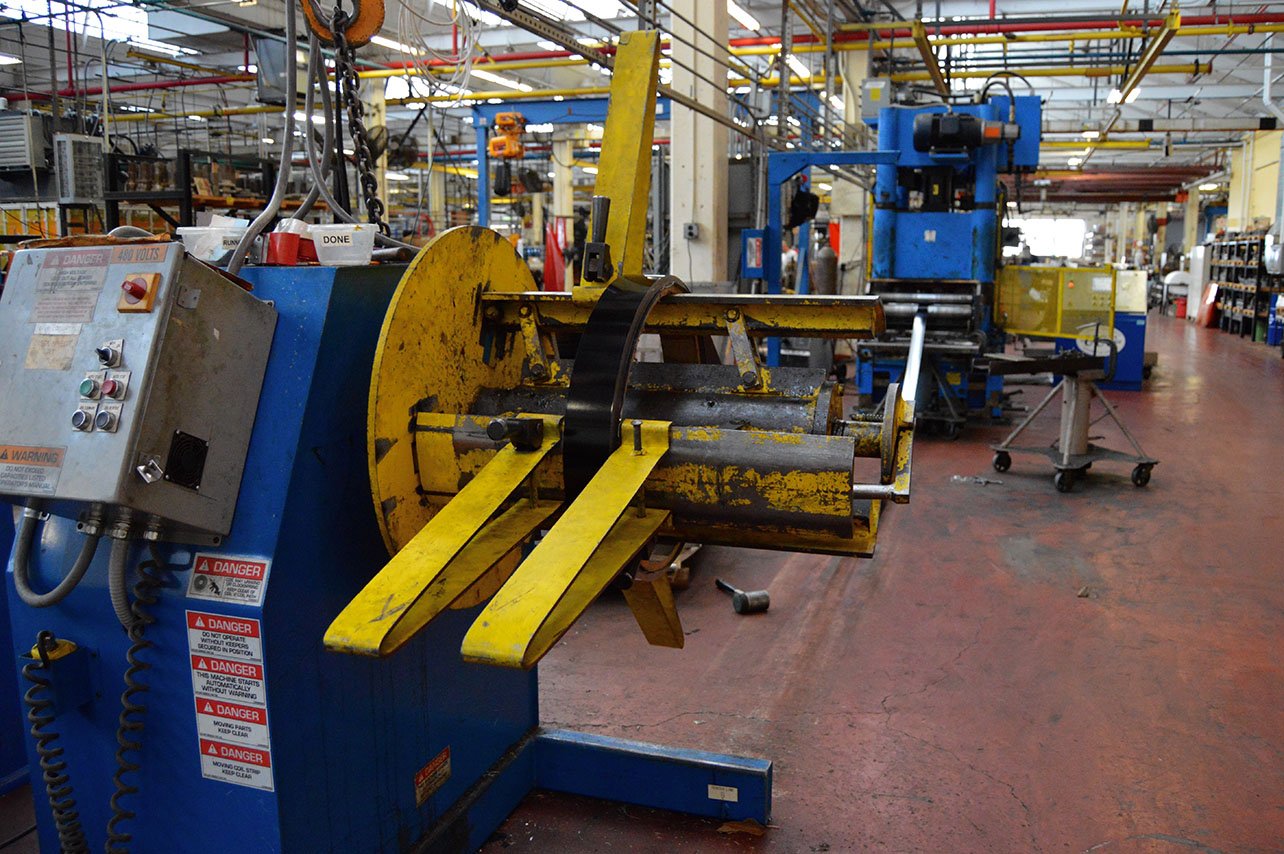Reliability
A supply agreement puts in writing a promise to deliver a product that meets specifications for a set price. It also includes consequences in case either party fails to meet the terms of the contract.
Under these conditions, a roll former can ship your parts within a day’s notice. The alternative is for a vendor to react every time you place a purchase order. So then you have to wait for your fabricator to find the material and buy it. The price will be less predictable because the roll formed metals market fluctuates so much.
So your lead time can go from 1-2 days with a Kanban system to 3-4 weeks with a pay-as-you-go method.
Knowing the Specifications of Your Supply System
With a supply agreement, the amount of inventory your vendor keeps stays at a predetermined level unless you jointly change it. The vendor also could have limits on how much can be shipped to you per release. The operating agreement should state your vendor will only ship you (x) pieces when your inventory level drops to (x) amount.
Your agreement also gives peace of mind as to how goods will be packaged and what kinds of trucks will be necessary for delivery.
The Consequences of Having no Supplier Agreement
If you don’t have a supply agreement, you risk running into the following issues:
- Lead time & supply chain issues
- Lack of important information
- Lack of protection
Lead Time & Supply Chain Issues
Without an agreed-upon timeline, you live in uncertainty about whether your product will be delivered when you need it. Failure to put out an end product in a timely fashion pushes back your revenue flow.
Lack of Important Information
Little things can mean a lot. Without an agreement, there’s no certainty concerning items such as cost, quality assurance, intellectual property, logistics, and packaging, which can significantly affect your business.
Lack of Protection
Let’s say you change the design of the roll formed part, or there's a new version of an assembly, and the part your roll former made isn’t used in it anymore. The vendor would want joint protection and communication on how that process unfolds. The vendor would also want to be alerted in advance if there’s a pending change to your design.
Dahlstrom does proactively monitor these strategy pivots with quarterly reviews. One of our standard questions is, “Are there any design changes coming?” That helps us make sure the raw material supply chain is correct for the next 3 months.
Simply put, a supply agreement protects both parties. It sets the terms and conditions of the partnership clearly and goes a long way toward taking the guesswork out of the relationship.
What Should Go Into a Supply Agreement?
Certain elements should find their way into any supply contract. An agreement with a roll forming company should include:
- A way out
- Specific component volume
- Freight terms
- Pricing
- Contract length
- Promises and protections
- Tooling terms and agreements
- Knowing your limits
A Way Out
It seems a little cynical, but it’s actually important that each party have an escape plan. Businesses fail. Natural disasters strike. Escape clauses can limit the damage when things go wrong.
Specific Component Volume
If you don’t state quantities, it’s hard to enforce your agreement. It’s important to get the numbers relatively accurate up front.
Freight Terms
Who owns the product and when? Should you agree to Free On Board (FOB) Origin, where the seller owns the product until it is loaded onto the shipping truck? Or, should you agree to FOB Destination, where the seller is responsible for the product until it reaches the buyer?
Pricing
What happens when the price changes? What does the seller need to provide justification? Does the buyer agree to the change?
Contract Length
How long will the agreement stand? If you don’t include a specific duration, you can ask for “reasonable notice.” Unfortunately, reasonable notice adds a level of uncertainty and risk.
Promises and Protections
You and your partner will make promises concerning aspects of the relationship, and they should be spelled out. In addition, there will be disclaimers for aspects of the relationship for which you should not have to take responsibility.
Tooling Terms & Agreements
'You can also include a bailment agreement. This means the vendor stores, uses, and maintains the customer’s tooling and obtains appropriate insurance to protect it. The vendor is obligated to make it available to you at any time if you want to take it for any purpose.
You and the vendor will agree on how to maintain the tooling (paying for sharpening, cleaning, etc.). The way this typically shakes out is that the roll forming provider handles routine maintenance, while you pay for major issues like roll tool chips from excessive wear.
Knowing Your Limits
Both parties need to understand how much material is active in the system at any given time. The vendor needs to know how to go about tweaking those quantities as your company deals with seasonality and design changes.
You should include limits to how much the vendor is allowed to ship to replenish your inventory and the amount of raw material we would commit to over the next period. It takes a year or two to accurately develop that idea of how much and when.
If you and your partner don’t set limits on remedies and damages, you both risk severe consequences should anything go wrong. The idea here is to set fair damage amounts and remedies, not to sabotage each other’s business.
Peace of Mind
Any supplier agreement you might reach with a roll forming company will have its unique details. So, the best approach is to partner with a long-running roll forming company you trust. The cost savings and peace of mind are well worth the minor hassle of formalizing an agreement since the goal should always be win-win.
Editor's Note: This article was originally published in December 2018, and was recently updated.








